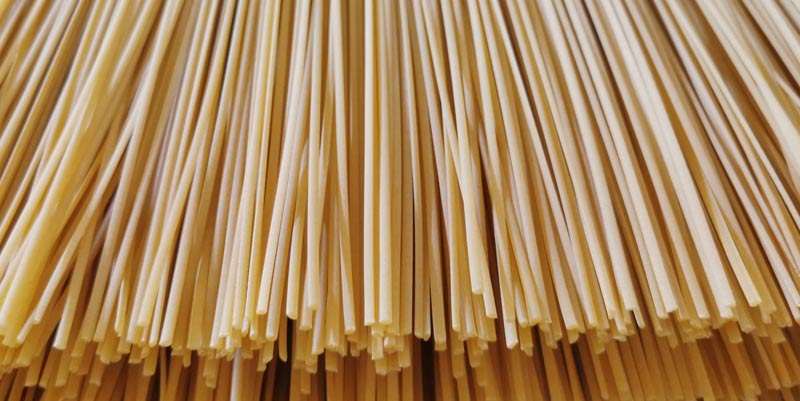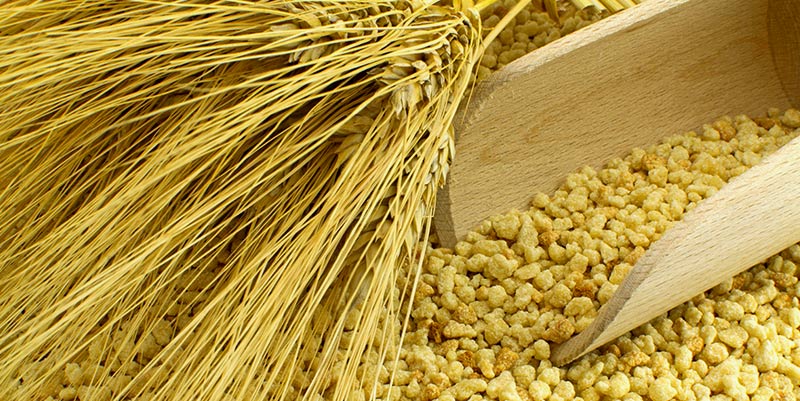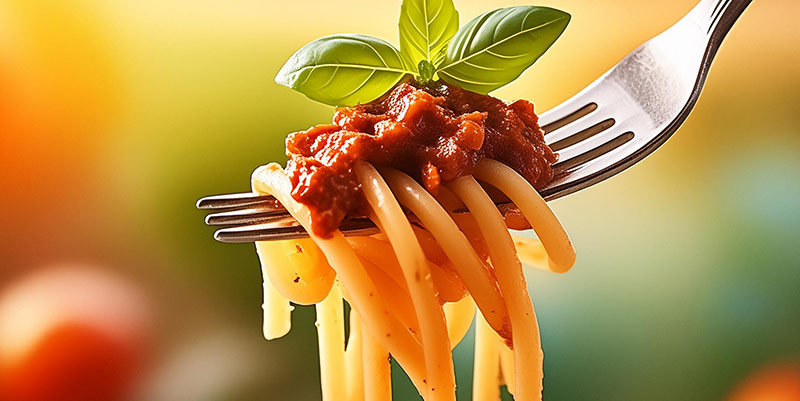a decisive element of BRUNDU pasta
a slow temperature range that preserves the integrity of our product
it keeps the organoleptic and nutritional qualities of our wheat intact
Pasta drying is a crucial step for us that, if handled with care and skill, contributes to creating a high quality end product that offers our customers a unique and refined taste experience
Slow and controlled drying: our pasta undergoes a process that can last from 24 to 72 hours, depending on the pasta shapes. The temperatures used during drying are generally contained within a range of 40-50° centigrade 50-60 C°, a temperature range that allows the integrity of the product to be preserved.
Nutritional quality of the grain: the method we use of slow, low-temperature drying is fundamental for keeping the organoleptic and nutritional characteristics of the selected durum wheat intact. For example, it preserves lysine, an essential amino acid present in relatively low quantities in wheat, which tends to deteriorate as the drying temperature increases.
Taste and texture: slow drying gives our pasta its characteristic golden yellow colour. This process requires considerable skill and attention, as well as a longer processing time than conventional methods, but the result is a high-quality pasta with a far superior taste and texture.
Goodness in the kitchen: the drying phase, which we handle with care and expertise, contributes to a final product of the highest quality, offering a distinctive taste experience on the table.




Slow drying of pasta is a method that dates back to ancient times. Traditionally, our grandparents would let the pasta dry in the sun on special drying racks and frames.
In 1889, low-temperature drying was invented, preserving the flavours of the wheat and producing superior pasta. With the advent of mechanical drying in 1903, the drying time was greatly reduced. Today, this ancient method has been perfected, giving BRUNDU pasta a far superior quality.